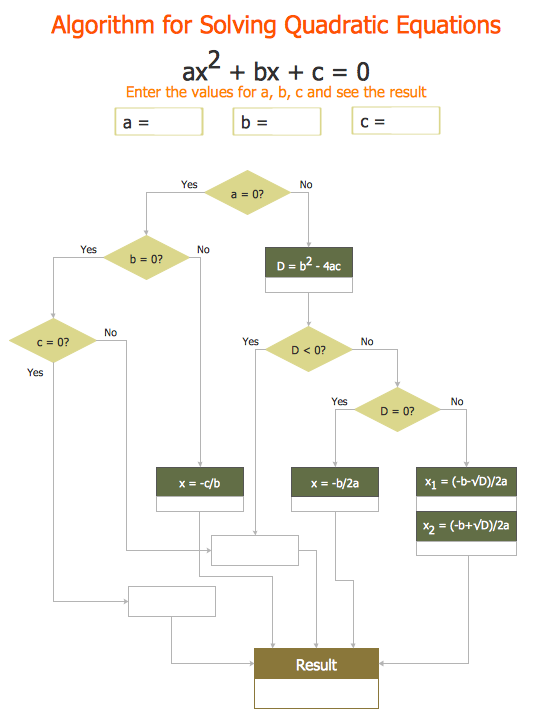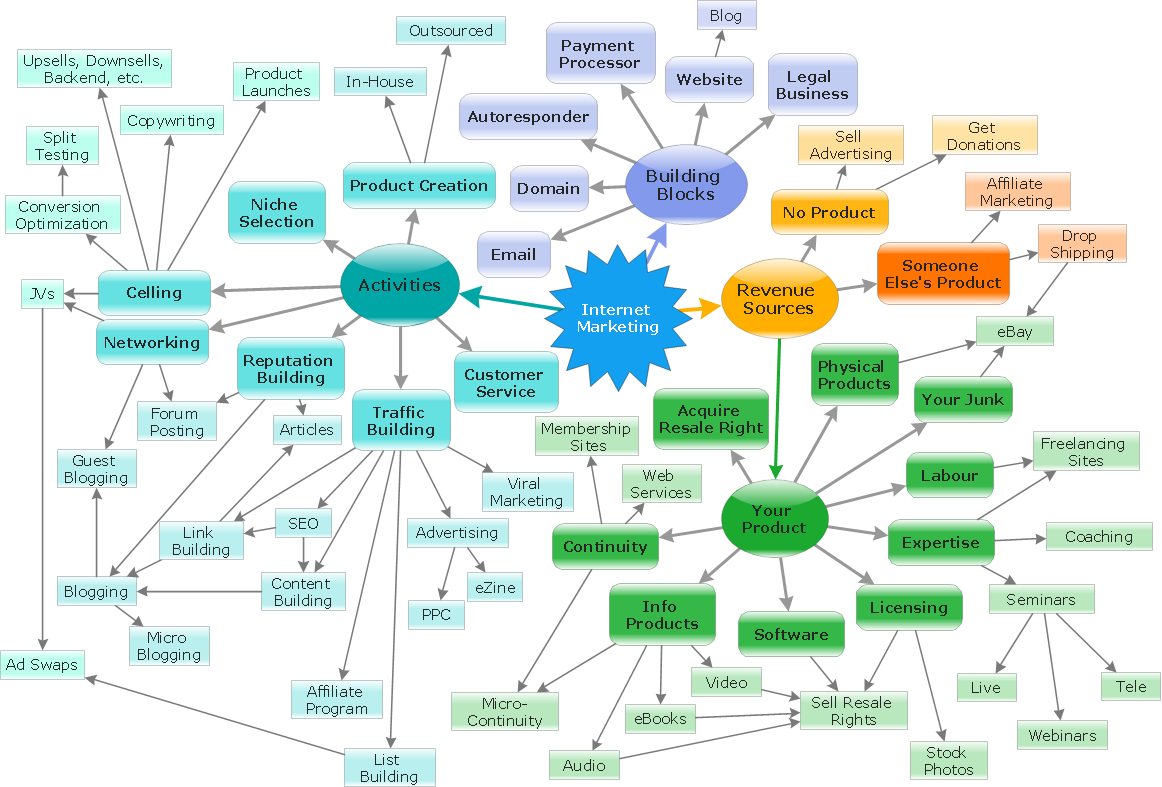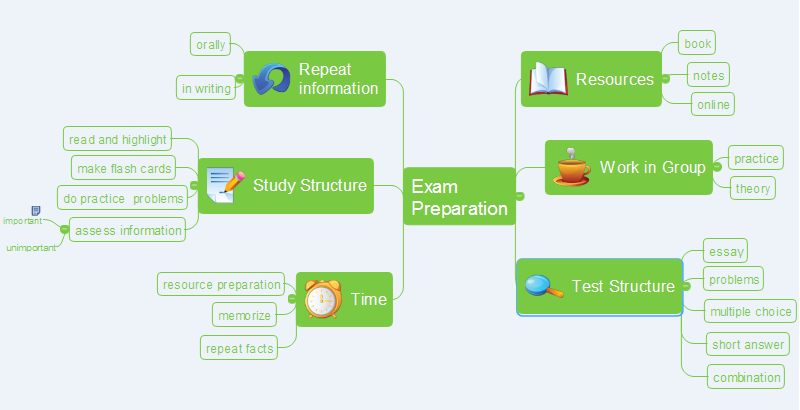Mathematical Diagrams
ConceptDraw PRO diagramming and vector drawing software extended with Mathematics solution from the Science and Education area is the best for creating: mathematical diagrams, graphics, tape diagrams various mathematical illustrations of any complexity quick and easy.Mathematics solution provides 3 libraries: Plane Geometry Library, Solid Geometry Library, Trigonometric Functions Library.
Chemistry Equation Symbols
If you are related with chemistry in you work or education activity, you need often draw various illustrations with chemistry equations. ConceptDraw PRO diagramming and vector drawing software offers you the Chemistry solution from the Science and Education area.Chemistry solution provides the Chemical Drawings Library with large quantity of vector chemistry equation symbols to help you create professional looking chemistry diagrams quick and easy.
 Mathematics
Mathematics
Mathematics solution extends ConceptDraw PRO software with templates, samples and libraries of vector stencils for drawing the mathematical illustrations, diagrams and charts.
The Best Mac Software for Diagramming or Drawing
ConceptDraw PRO is a powerful intelligent vector graphics engine that can be used to create basic diagrams including flowcharts, charts, workflows, flowcharts, organizational charts, business diagram, learn business diagrams, flow diagrams.
HelpDesk
How to Purchase ConceptDraw Products for Academic/Nonprofit Institutions
CS Odessa offers special academic and non-profit pricing.- Euclidean algorithm - Flowchart | Solving quadratic equation ...
- Solving quadratic equation algorithm - Flowchart | Basic Flowchart ...
- Solving quadratic equation algorithm - Flowchart | Draw A Flowchat ...
- Solving quadratic equation algorithm - Flowchart | Mathematics ...
- Solving quadratic equation algorithm - Flowchart | Program And ...
- Euclidean algorithm - Flowchart | Basic Flowchart Symbols and ...
- Solving quadratic equation algorithm - Flowchart | Euclidean ...
- Visual Basic Computer Program Flowchart On Root Of Quadratic ...
- A Detailed Flow Chart On How A Quadratic Equation Is Programmed
- Solving quadratic equation algorithm - Flowchart | Fully Connected ...
- Solving quadratic equation algorithm - Flowchart | Basic ...
- Solving quadratic equation algorithm - Flowchart | Software and ...
- Solving quadratic equation algorithm - Flowchart | Basic ...
- Write A Computer Program Using Visual Basic To Solve Any ...
- Solving quadratic equation algorithm - Flowchart | How To Draw A ...
- Solving quadratic equation algorithm - Flowchart | Mathematics ...
- Write A Program To Solve Any Quadratic Equation Using The ...
- Solving quadratic equation algorithm - Flowchart | Ishikawa Diagram ...
- Write A Computer Program That Can Solve Any Quadratic Equation ...
- Solving quadratic equation algorithm - Flowchart | Cross-Functional ...



